Pastels are utterly beautiful things. They are some of the easiest and most malleable mediums of paint that deliver great textures and highly concentrated pigments that result in vibrant colors and marvelous textures for your artwork.
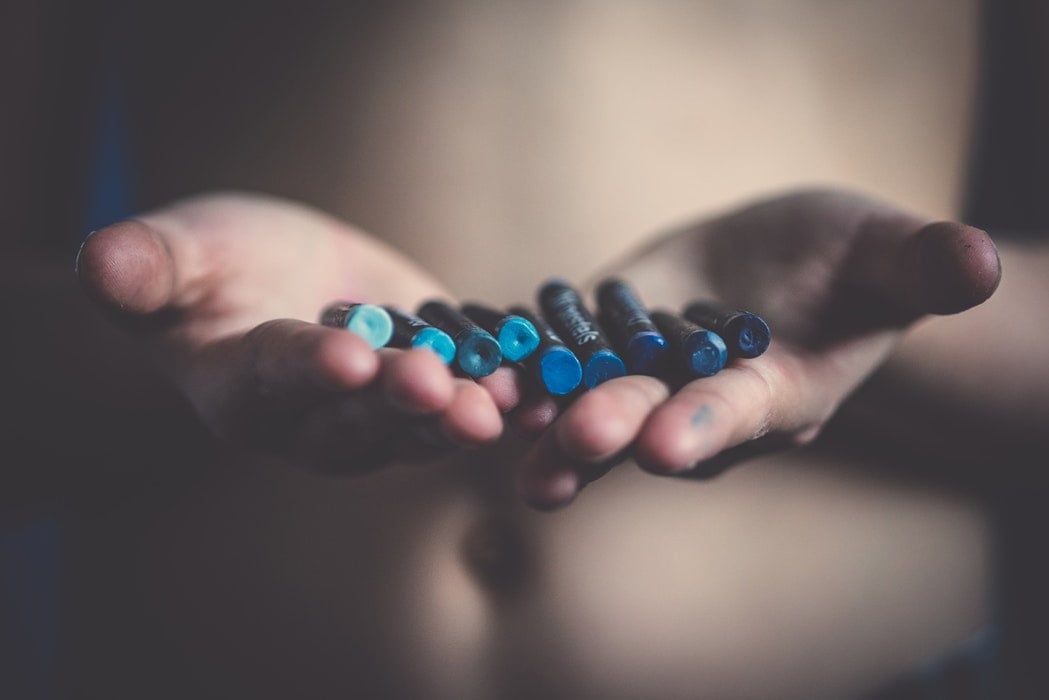
There are several kinds of pastels: soft pastels, oil pastels, pan pastels, pastel pencils, etc. Although all four are practically the same grade and type of paint, they slightly differ from one another on the basis of the texture they each provide.
The essential ingredients in all four types of pastels make all the difference in their texture and color deliverance. This is the crucial point to understand about pastels. And right now if you’re keen to know literally all about these kinds of pastels, then the following extensive read has got you entirely covered on that!
Soft Pastels Vs. Oil Pastels Vs. Pan Pastels vs. Pastel Pencils
And, if you’ve been asking which kind of pastels deliver the best effects, you might want to go through this guide we have prepared just for you!
So, sit back and enjoy all the information about pastels that we have brought just for you!
So what are pastels basically?
Pastels are essentially an art medium or a kind of paint that consists of pure pigment powder and a binder. The pigments that are used to make pastels are the same as those used in all kinds of art mediums. This includes oil paints as well. The binder that is used for making pastels have low saturation and are of a neutral hue.
Pastels have been used since the Renaissance with a significant degree of popularity, especially in the 18th century which saw numerous prominent and acclaimed artists use them as a predominant medium for their artworks.
This form of coloring or drawing using a pastel color medium is known as pastel painting or pastel drawing, or simply called a pastel. The word “pastel” can alternatively be used as a verb that means to produce an artwork using pastel colors or even as an adjective, meaning “pale in color.”
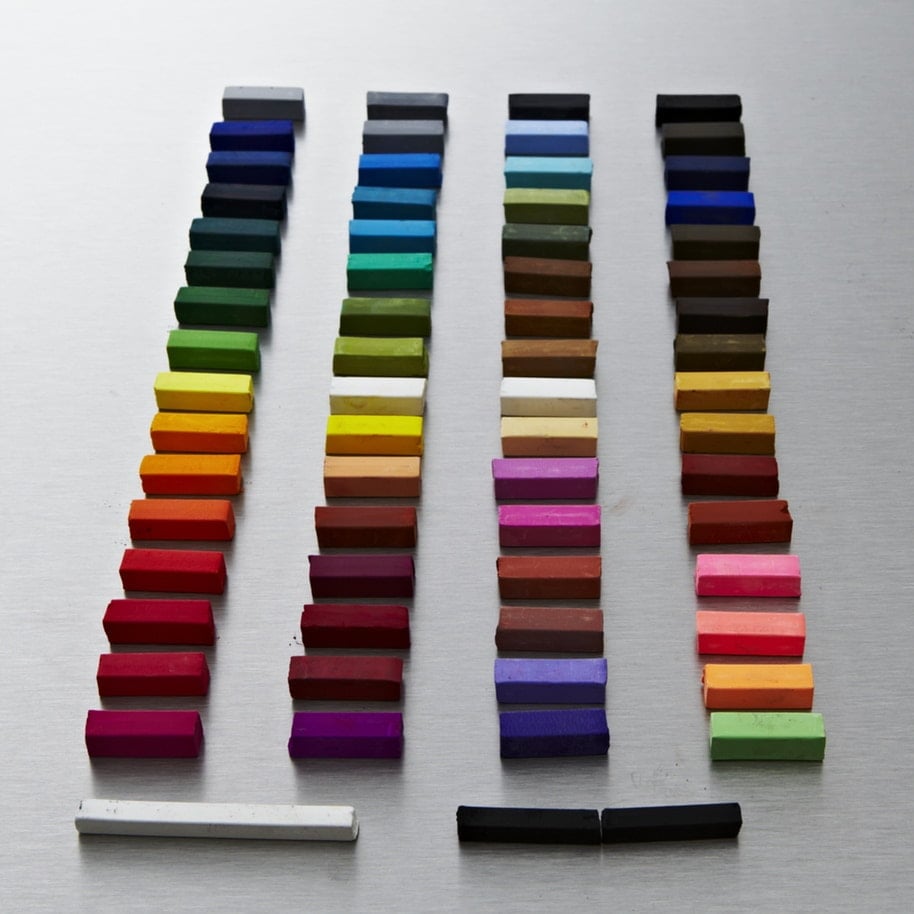
The difference between oil pastelsand soft pastels
Well, it’s easy enough to start using pastels - be it any kind, for drawing and texturizing any sketch. These can be easily maneuvered over any kind of surface, providing bright, vibrant imprints.
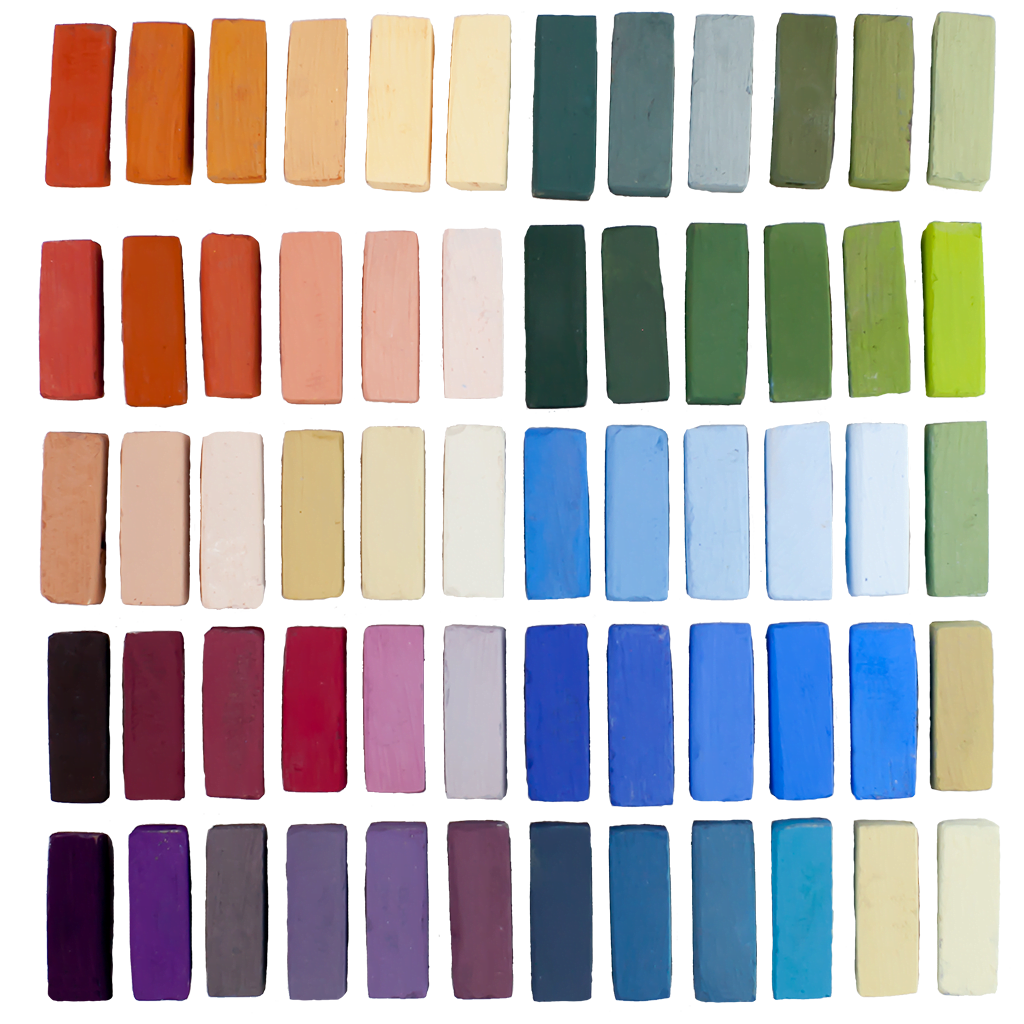
To start off with our explanations of the difference between the kinds of the different kinds of pastels, we have decided to go with the comparisons between oil pastels and soft pastels.
What are oil pastels?
Oil Pastels are composed of a non-drying oil and wax binder, having a buttery and creamy texture, with an intense color deliverance. These are pretty dense in consistency but have a more delicate hue than that provided by soft pastels. You don’t need a fixative to work these colors as these tend to be pretty waxy.
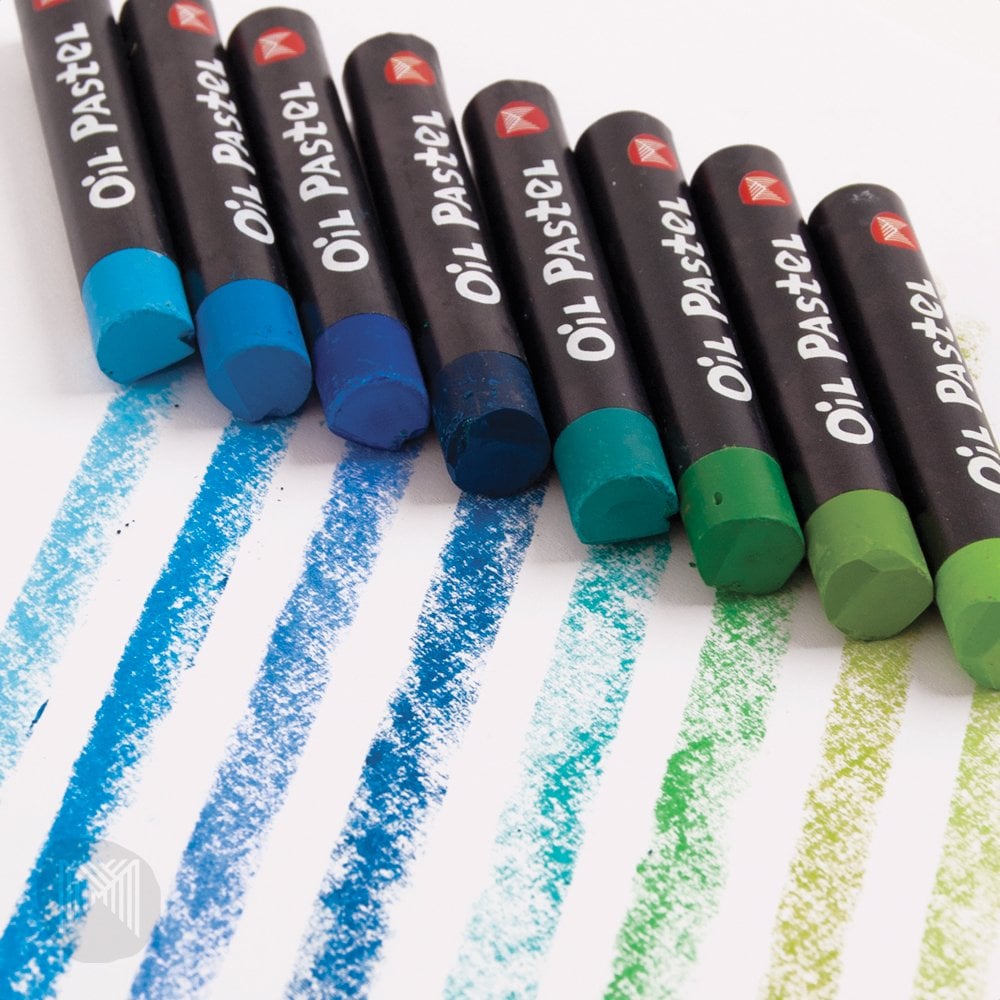
However, these can be a tad bit more difficult to blend than soft pastels. You are required to use a primer such as gesso so that the waxy binders are not soaked up by the paper strands, for that matter. This actually keeps the brightness of the oil pastels from dulling down.
One of the best things about oil pastels is that they don’t dry out or harden out entirely. Similar to oil paints, oil pastels could be spread across any kind of work surface (paper) that you’re using for your project by using a thinner. You could use a turpentine thinner for this purpose.
What are soft pastels?
Soft pastels are basically made using a combination consisting of pigment, gum arabic, and white chalk. This delivers more of a matte finish than that of oil pastels. Soft pastels have a higher amount of pigment with a lesser amount of binder, giving off a stronger color effect.
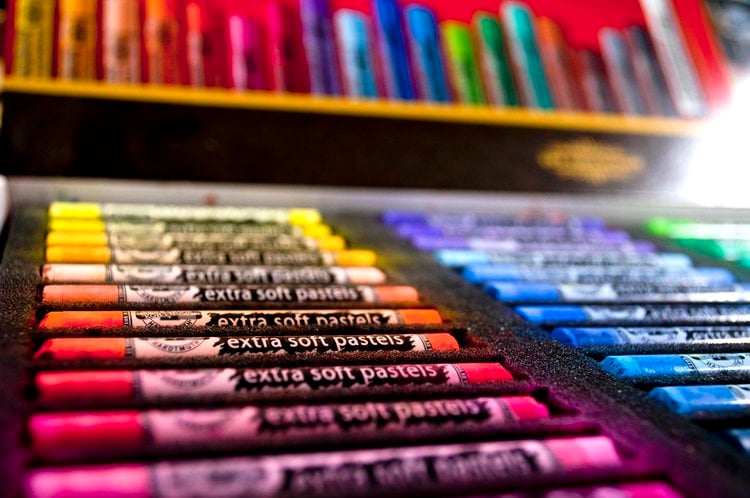
As these colors give off more off a chalky, dusty consistency, they can be smudged and blended to a greater extent than other pastels. They don’t stick to the surface, and the excess can be easily brushed off. This is why it is extensively used way more than other kinds of pastels.
However, the finished works made with soft pastels do require for you to protect the surface from smudging or getting damaged by using fixatives. Hairspray could also work as one but do use fixatives carefully as they may affect the colors of the pastels. You could also get your sketches framed for that matter.
In some instances, a filler agent such as white chalk could be used for producing pale, bright tones and hues, possessing a higher luminosity.
So, which one should you go for?
Well, this honestly is a very subjective thing for all. Both oil and soft pastels possess quite distinctive effects and whatever you choose to use will solely depend on your preference and requirements.
A few fundamental points of difference between the two are:
Texture
While soft pastels will provide you with the scope of blending the shades in better than oil pastels, these can crumble quite easily due to the lesser amount of gum binder present in them. While in the case of oil pastels, you could easily maneuver them to the required spots and have great effects, without having to take extra care in holding them firmly.
Oil paints can also create impasto effects, or you could acquire a glazed effect if you thinned these down with turpentine. On the other hand, soft pastels can be just the thing for you if you need to layer on colors and create other effects on your artwork.
Blendability
Oil pastels will give you a very creamy and buttery texture that you could use to create stunningly bright effects for your artwork. You could also thin it out for creating more effects and covering a greater surface area. While on the other hand, the powdery texture of soft pastels delivers strong colors that will not stick to the surface all that much.
However, due to this precise reason, soft pastels could be blended far more easily than oil pastels.
So, if you want to have a bright, creamy yet bright effect, then you could go for oil pastels, otherwise opt for soft pastels if you want a powerful, inky effect that is greatly blendable with other colors as well as offers a texture that could be manipulated to bring about different kinds of effects.
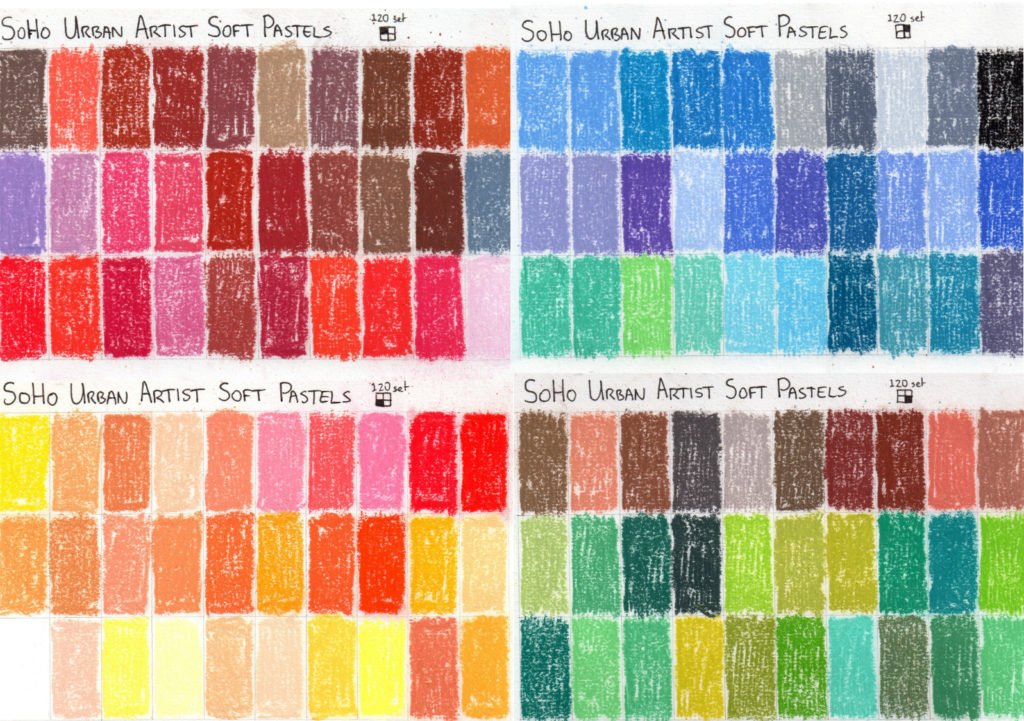
Assortment of colors
One of the things about soft pastels is that it always comes in a vast assortment of colors. This is twice as much as what you would get in oil pastels. The extensive range of colors that you do get in soft pastels could be especially advantageous for a beginner. This eliminates the need to brainstorm about effects and colors.
Oil pastels work great for those who are good with oil paints and know how the shades work.
So, if you’re looking to start out with a great set of pastels, then it’s better you go for soft ones, whereas, if you are looking to complete a specific project and know about what shades and textures would work well, then, all means, settle on oil pastels.
Affordability
Well, the cost for both oil and soft pastels will vary from brand to brand. And also, the cost will depend on where you buy from. You may get a hefty discount on an online shopping portal at a local store.
Or the reverse may happen if you’re having an especially lucky day. The quality and texture of the colors will also vary a bit from one brand to another, and this is where the price shoots up or falls in most instances.
However, oil pastels could be just a tad bit more expensive than soft pastels. But, you can get good brands at lower prices as well for the same amount of oil pastels as you would get in a standard set of soft pastels. So, the critical factor over here is to settle for one that you think is a good deal and helps you get great effects in your artwork.

Also, if you’re settling for soft pastels, you do get the option of getting them individually and in all kinds of shapes and sizes such as in half or full sticks or thicker sticks. This may help you create your own palette and could also be a great way to cut down on the cost if you decide to mix brands.
Note. You could also opt for water-soluble pastels if you’re looking for such a thing. This comes in both soft and oil pastel variants and could be thinned or blended together will water. These will give you a stunning watercolor-ish wash effect with vibrant hues. However, these may be more expensive than traditional pastels and will require a deft hand that knows how to manage it.
So now that we are done with thoroughly explaining the differences between oil pastels and soft pastels, let’s get moving on to our next segment that deals with Pan Pastels, and how they might be different from the two that we have already discussed above.
So what are Pan Pastels exactly?
Pan pastels could basically be called another version of soft pastels that are formulated with the least bit of binder contained in flat compact pans, such as those that contain makeup. These are applied to the surface using unique micropore soft sponge tools.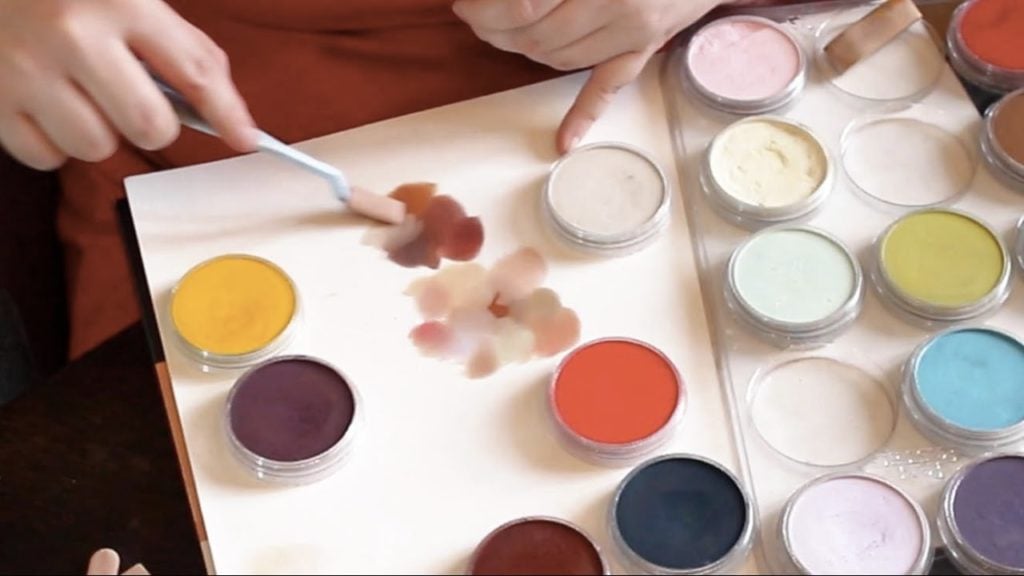
Although there’s no liquid involved in this, these come in a very creamy consistency. These could be used alone for completing a whole painting or could be used in combination with other pastel media such as soft or hard pastel sticks.

Due to the minimum binder amount, pan pastels provide the highest concentration of colors. The texture the least amount of dust that does not mess up your work area in any way. Pan pastels can also come in larger containers like standard paint pots and bigger jars. The packaging is such that it protects the pigments and prevents wastage of the paints.
One of the best things about these is that they are incredibly travel-friendly allowing you to carry them wherever you want. These can also be easily stored anywhere you want and don’t mess out on other objects with scratches and marks, which sometimes happen with soft or oil pastel sticks.
Advantages of Using Pan Pastels
Pan pastels are comparatively a much newer format the traditional pastels. But, they have made quite a massive fan following since their launch into the art market. One of the reasons that it is favored is the fun way of applying it. Art enthusiasts find it pretty interesting to lift them with brushes, sponges, or other tools similar to what is required for other paints as well.

Here the only difference that it makes is delivering a stunningly vivid and rich texture which is distinctly different from conventional paints or even other pastels, for that matter.
Also, there is an entire range of tools, in fact, applicators for pan pastels known as “Soft Tools” which you can easily get from the market for this purpose. These tools also allow you to manipulate the texture of the pastels to create details in varying degrees and other effects as well.
Blendability
Pan pastels are pretty easy to blend and, surprisingly, they can be erased entirely. These can also be used with different art mediums and on a variety of surfaces. Pan pastels are also a cleaner medium than most and don’t create as much dust as soft pastels often do. You can either buy these in a wide range of assortments in sets or individually from different brands.
Are these really better than oil pastels or soft pastel sticks?
The disadvantages of working with pan pastels are that it might not be the best art medium for beginners who are just starting out with pastel. The colors and the texture might just be a tad bit too much for amateurs to handle. We suggest that you get accustomed to using soft pastels and oil pastels first before moving on to pan pastels.
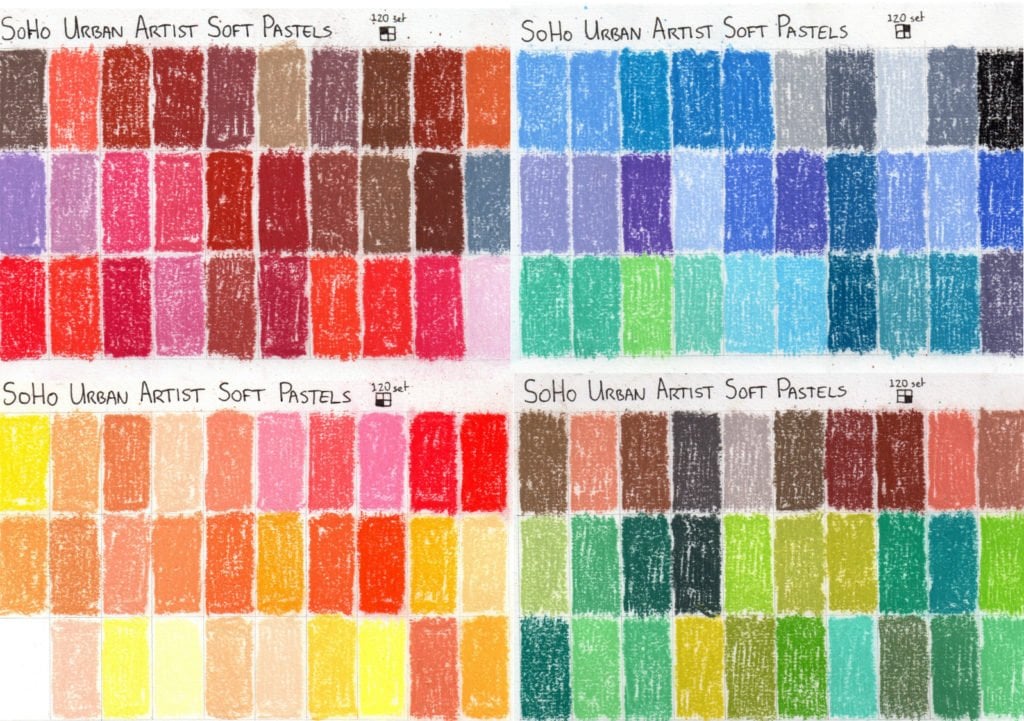
The definite structure of oil pastels or soft pastel sticks could provide you with an idea as to how to maneuver the colors on the surface, to layer and blend, or when it comes to understanding the shades and textures that pastels, in general, can produce.
Textures
Also, pan pastels may not be the very best options for doing detail works for that matter. It does work wonderfully for fillers or flat bases which you can detail upon, but not so much that you can use to detail intricate spaces. This is where oil pastels or soft pastels will provide you with a wider scope to easily detail your project than pan pastels would.
Affordability
Pan pastels are actually more expensive than traditional pastel pigments and can really go up there in price with more reputed brand names. This is because pan pastels are relatively a newer development in the pastel game and whatever company brings it out earlier will automatically be known as the first manufacturer and seller of the product.
This gives them the power to name their price while enabling the other brands to do the same as well.
In this case, you do have to consider how much you exactly require to use them, the exact quantity that you require or if you do require it at all for that matter.
Again, if you’re just a beginner, we’ll always recommend getting used to traditional pastel sticks first before starting with pan pastels. Pan pastels are ideal mediums for professional artists who know how to modulate the textures to get the best hues and tones out of them.
But, in any case, do not let us keep you from enjoying a fantastic kit of pan-pastels if you do want to invest in them. Although we would advise you to always go for a good brand that would provide you with value for your money!
So, by now you would have probably understood how the basic pastel pigments work and what pan pastels can bring to your art table! With that, it’s time to discuss one last product in the pastel category that we have on our list and how is that different from the rest of the three kinds of pastel pigments we have explained already. And that is Pastel Pencils!
So let’s get right down to it!
What are pastel pencils?
Pastel pencils are just like the standard color pencils that have a pastel lead. These are ideal for working on finer details, allowing you to exercise immense control over your art piece. The consistency of these can range anywhere from hard to soft textures.
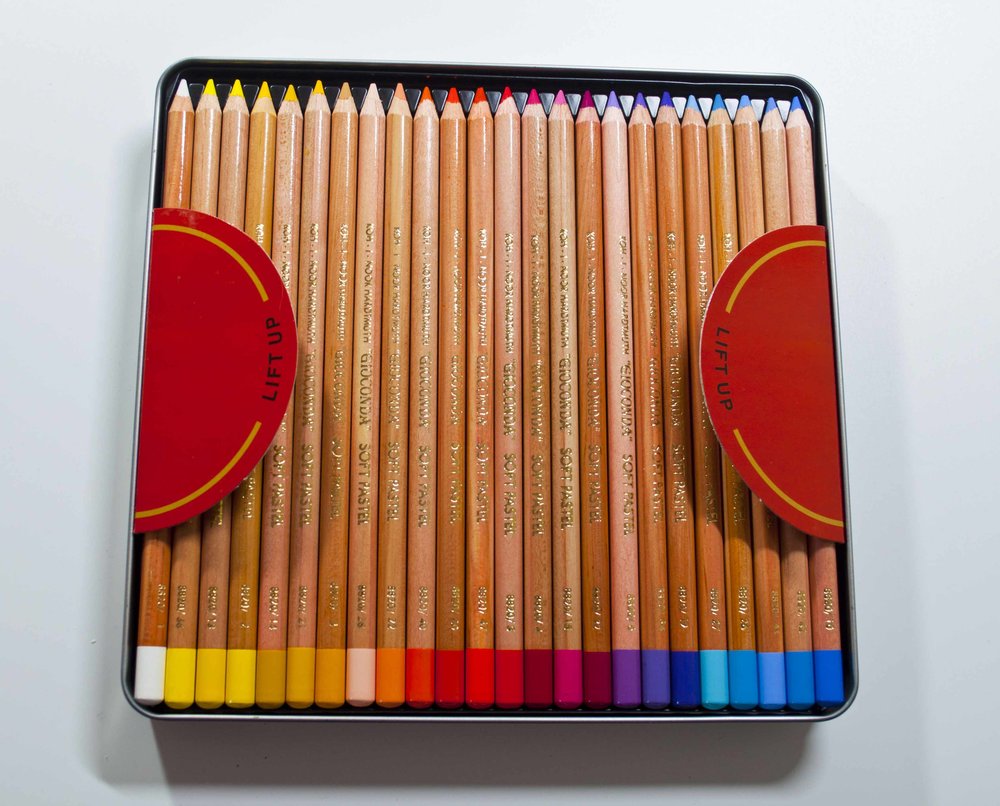
Pastel pencils are the most versatile when it comes to pastel pigments. These can be used with other art media and in combination with other pastel mediums as well such as oil pastels or soft pastel sticks.
The best thing about using pastel pencils is that they can be blended like other pastels and could be used wet or dry! This provides excellent scope for experimenting with the texture of these pigments. And when you have to create super intricate details all you have to do is sharpen these pencils to a point to work up the finer lines. You can easily create smudge and shaded textures with a blunt point or create soft, hazy lines.
Advantages of Using Pencil Pastels
These pencils work exceptionally well for layering on colors and creating textures like the basic color pencils do. Also, many artists use pastel pencils for preliminary sketches and doodles as these come in handier than conventional graphite pencils. This is because graphite leads aren’t really that compatible with pastels.
One of the coolest things about pastel pencils is that they aren’t messy like conventional soft pastel sticks and cause no dust at all! These enable you to be pretty quick and spontaneous with your creativity, needing no cleaning after and letting you enjoy the joy of using pastel pigments.

These are mostly water-soluble pigments that can be blended with a bit of water to get a flatter, more textured surface than the chalky texture it may give off when applied dry. The wooden case keeps your hands clean, providing immense ease of usability and lets you maneuver the pencils gracefully. Also, the colors in these pencils could be easily blended using a brush, a color shaper or even your finger.
All of these make pastel pencils a perfect alternative for outdoor purposes, such as those involving en Plein art sessions.
Pastel Pencils vs. Pan pencils vs. Soft Pastels vs. Oil Pastels
Pastel Pencils are the most easily workable mediums in the pastel category. These provide enough scope for you to etch out your design or an image exactly how you want it.
Textures and Blendability
Texture-wise, it doesn’t differ much from the traditional soft pastels. But you can also go for the hard pastel variants for the pencils as well, which will give you finer lines and greater scope for creating intricate details.
However, we feel that the pencils would do just great as any other color pencil would when it comes to coverage. Meaning- these can be used for covering and texturizing small to medium areas. While on the other hand, the other three kinds of pastels can create brilliant layers, covering larger areas in an instant, which could be worked upon with ease.
Some artists don’t like using pastel pencils as these lack in providing the raw appeal of the beautiful smudges delivered by soft pastel or oil pastel sticks with much greater grains that could be worked up with bare hands. If you’re one of them, we wouldn’t suggest this product to you.
Assortments
Assortment-wise, pastel pencils are but a limited range of colors, with the largest set providing only up to a maximum of 80 colors. Although you can get these colors in a full set or even buy them individually, the range is still pretty small to provide a lot of color options.
We’d recommend you buy a smaller set if you’re just starting out with pastel pencils to understand the color and textures these provide and experiment extensively with them to master the art. If you like working with them, then you can invest in larger sets to create many wonderful projects with them.
Affordability
And like each of these media, the quality will differ with brands for pastel pencils as well. But the best thing about these is that they come at a really reasonable price tag that will allow you to get these pencils from all sorts of brands. This way you can create your palette of colors and decide which brand you like best.
One of the best brands for beginners and professional alike regarding pastel pencils are Stabilo CarbOthello which is considered to be one of the finest by artists all around the globe.
So which one amongst the four actually wins?
Well, in the battle of art, we simply don’t think that there could be a loser for something else to be the winner! And that is actually fair, isn’t it? Because no kind of art supply can be so bad as not to produce beautiful artwork for you.
So whatever you choose between these four pastel products- soft pastels, oil pastels, pan pastels, or pastel pencils, you would still get visually stunning results in every way. However, your selection of the kind of pastels you should go for will depend on factors such as- ease of use provided by each product, the individual texture each produces, affordability, assortment of colors, and the nature of the projects you require them for.
Hence, as long as you know which one out of these will suit your requirement the best, you’d always end up with the winning product, no matter what you choose!
A Guide for Pastel Painting
And since we’re on discussing extensively pastel pigments, we decided to include a guide on everything you require for pastel art in this segment, so that you could master the art of pastel-ing in no time at all!
And here’s everything you need to produce stunning artwork using pastels!
-
Set Of Pastels
While working with pastels, you would want to have a wide assortment of shades to create brilliant effects and textures for your drawings.
However, if you’re a beginner at this, we would duly recommend you start with a lesser number of shades in just the primary colors to see if you like the substance or not. This also provides you with all the scope of experimenting with the tones and textures of the colors and to see for yourself how they pan out for your project.
The best way of creating your palette would be to get individual shades from different brands. This will give you all the required shades from the very best ones in the market while at the same time costing less than a single set from a particular brand.
Similar to watercolor, pastel pigments, too, require certain specific types of paper that help them to adhere to it. The “tooth” or “texture” of the paper is the key factor that receives these pigments beautifully, helping them to stick well to them and last very long.
Certain brands such as Canson and Strathmore provide a fine line of pastel papers.
And if you’re using ordinary paper, make sure to prime them with gesso or other binding agents to create the appropriate surface for pastels.
A fixative is an essential protective agent for pastel artwork, especially if you’re using soft pastels or oil pastels. This prevents the pigments from scattering, smudging, or falling off the surface. This helps set the chalk and the pigment of the pastels in place. A layer or two of a nice fixative can provide the paper with an appropriate texture for pastel pigments, making it easy for you to blend and develop beautiful colors and effects.
Your pastel artwork depends entirely on how your color blends and communicates with each other on the paper. And although you could use your hands to blend pastel colors, specific blending tools such as the tortillon, a blending brush or stump can make the job considerably easier for you, keeping no room for mistakes or flaws at all!
These tools cost just a few bucks and would be great additions to your studio or worktop in every way!
Tape is always an essential art supply to have around your workstation. If you’re looking to fix a sheet of pastel paper to your artboard or desk, then you would need art tape to hold it securely in place while you work on it. This prevents the paper from moving or sliding as you put your coloring strokes on it.
The only thing to remember while getting these tapes is that they should be acid-free so that they don’t ruin the artwork.
An ideal alternative to fixative can be glassine. This is a sheet of glossy, translucent paper that you can gently press against your art piece to keep the pastel pigments in place. You can actually get certain pastel drawing art pads that offer both glassine papers and the usual pastel papers as a fixative option for you.
-
Art desks or drawing boards
A proper art desk or board is always an excellent thing to add to your studio or workstation as it provides all the comfort of peacefully creating incredible masterpieces along with offering a smooth and spacious, multifunctional worktop for all your projects.
However, if you like to keep it casual or do not have sufficient space to bring in a desk or large board, then a simple, medium-sized, portable drawing board will work just as fine!
Safety Tip
Remember that soft pastels can release fine dust particles into the air that you can just as easily inhale into your lungs, causing respiratory diseases and allergies. Due to this reason, it is crucial for you to select only non-toxic pigments to avoid inhaling pastel dust. You could also wear a comfortable breathing mask or could work outside if the weather’s fine enough.
Another way you can curb the problem is to install an efficient air purifier that could filter the particulate matter out of your working space, maintaining a consistent supply of fresh and clean air at all times.
Conclusion
Pastel pigments can create some of the most spectacular effects thanks to its beautiful delicate textures. It only requires for one to know the tip, tricks, and techniques of the trade and exactly which kind of pastel products to go for!
We hope you liked our efforts in creating this read for you and that you found it to be useful.
We’ll be back with more such stuff soon!
Till next time!
